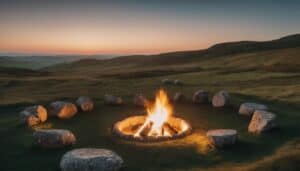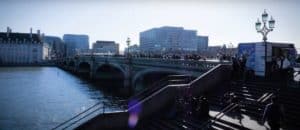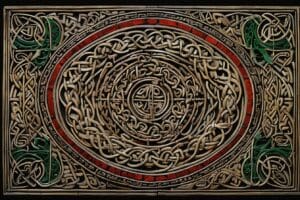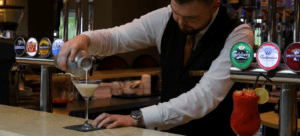A Tour Inside the Spectacular National Museum of Ireland
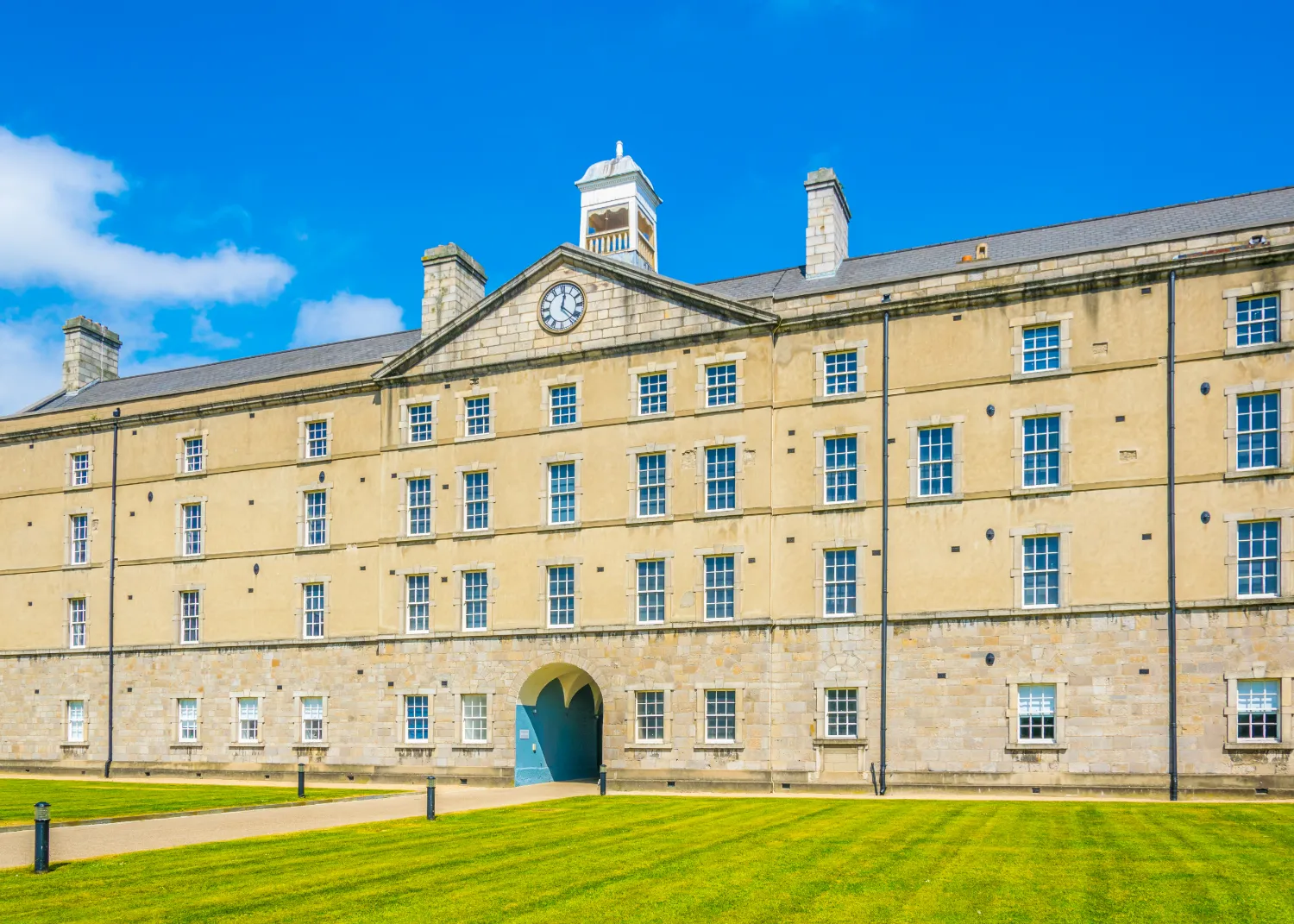
Updated On: November 08, 2023 by Noha Basiouny
Museums are, by far, one of the greatest inventions humans have ever come up with.
Just like we should not depend on our memories to recall what we need to do and better use a task management system to organise our lives, humans, and on a much bigger scale, came up with museums to preserve their history and culture, document the progress they are making, and educate the new generations about the world as a whole. More specifically, museums are home to what our ancestors left us and survived for thousands of years. These could include artefacts, paintings, tools, clothing, or pretty much anything we label ‘bygone’.
Many of the most iconic museums in the world happen to be in Europe. For instance, the Ashmolean Museum in Oxford, England, established in 1683, was the first to be built in the entire world. France’s Louvre Museum, on the flip side, is currently the world’s most well-known, most visited and most significant museum. It was built on an area of 72,735 square metres and welcomes over nine million visitors every year.
Another leading and one of the oldest museums in Europe is the National Museum of Ireland. It displays an incredible collection of artefacts that, as it turned out, is the largest in the world. Most of these artefacts primarily belong to Ireland, while the rest are from several other ancient civilisations.
In this article, we are taking you on a tour of this fantastic place which serves as a doorway to Irish history, heritage, and culture. So bring yourself a cup of coffee, and let’s hop into it.
The National Museum of Ireland
The National Museum of Ireland is the country’s most notable and prominent museum institution, giving easy access to everything in Ireland and highlighting the country’s most distinct historical periods and achievements in a highly organised and entertaining way.
In total, this museum has an area of 34,000 square metres; however, it is not just a single chunk of land but rather four.
Branches
In other words, the National Museum of Ireland comprises four different branches. Each branch has a separate area, a specialised collection, and a distinct architectural style and is located in a different place in Dublin, with just one of the four branches being out of town. Combined, the four museums showcase about four million items and welcome over 1.5 million visitors every year.
The first branch is the National Museum of Ireland Archaeology. It is located on Kildare Street, Dublin and is the most spacious of the four, with an area of 12,000 square metres. Not too far from there, only a distance of 2.6 kilometres or a 34-minute walk, the National Museum of Ireland Decorative Arts is located, whose area is 10,000 square metres.
The third branch is the National Museum of Ireland’s Natural History. It is just three kilometres from the decorative arts museum but has a smaller area of 7,000 square metres. Last but not least is the National Museum of Ireland Country Life. This one is the farthest, located outside Dublin in County Mayo, which is over 200 kilometres away.
As their names suggest, each of these museums displays especially distinct exhibits from the rest; we will learn more about that a bit. As we mentioned earlier, most of the displayed items focus more on Irish history and heritage.
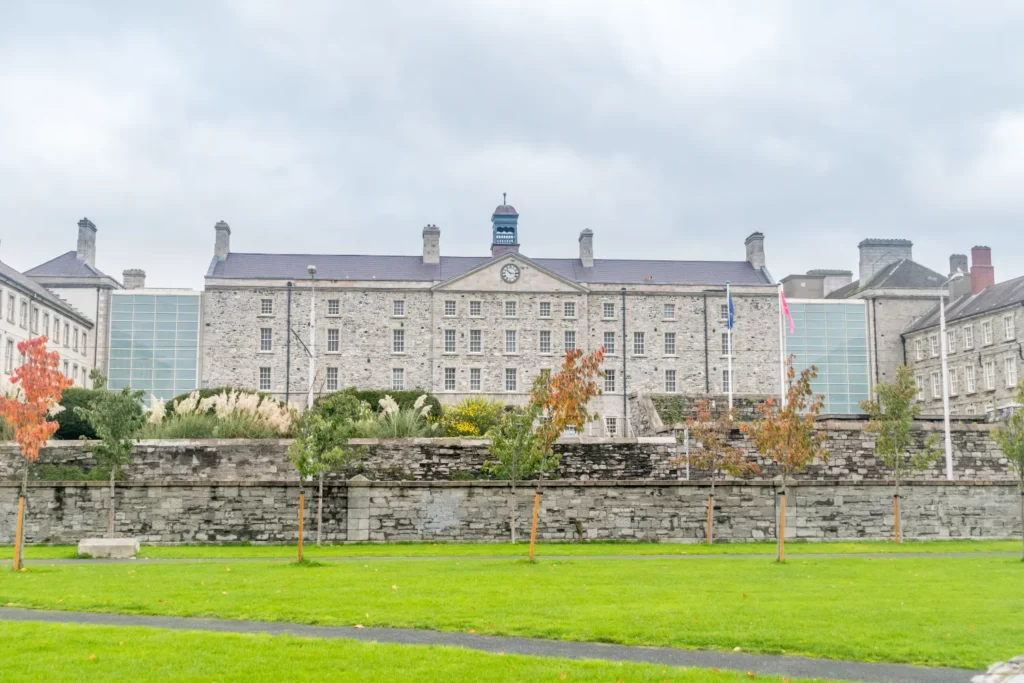
Establishment
The National Museum of Ireland is, in fact, one of the oldest to ever be established in Europe as it goes as far back as August 1877, and not all four branches were constructed at the same time, of course.
So how did this museum come into existence?
Well, the idea of establishing a leading museum for Ireland was suggested by the Royal Dublin Society. The purpose was to preserve the country’s culture, arts and history, which was, still is, the primary goal of this society. The new museum was also to collect each and every historical item, no matter how tiny or gigantic it may be, and display them in a single place.
The process of collecting the artefacts started sometime in the mid-19th century, and some even say it started in the late 18th century. At the time, so many artefacts and monuments were owned by and scattered in different institutions in Ireland.
But the collections turned out to be larger and more diverse than ever expected. So they were categorised based on their historical context, organised into different sections, and put on display. But when this first museum was chock-full, a new one was built to host the extra artefacts, and so on, until the National Museum of Ireland ended up having four branches.
Now, let’s dive deeper into and learn more about each of these branches.
1. The National Museum of Ireland – Decorative Arts
The National Museum of Ireland Decorative Arts was the first to establish as the single new home to all the artefacts scattered everywhere around the country. It was established in 1887 on Benburb Street, Dublin, in an area of almost 10,000 square metres and was called the Dublin Museum of Science and Art back then.
The building that hosts the museum used to be the military Collins Barracks. They were built in the 18th century but were later converted into a museum. That is why the decorative arts museum is the least distinct among all four branches in terms of architecture.
As simple and straightforward as a military barrack can be, this museum was made of bricks and had four floors with a structure like that of the Pantheon in Rome featuring a big clock. There is also a large yard in front of it. Despite the not very distinct architecture, this military barrack could have been chosen for this very museum since most of the exhibits, estimated to be 150,000 in total, are related to Ireland’s and the military’s history in particular.
More specifically, this museum is divided into two primary sections of 14 galleries. The first section is devoted to the Irish military history, with exhibits such as soldier uniforms, weapons, bullets and other things used by the military. There are also unique Irish decorations that were used in different historical events, field guns, and photographs from the Revolution of Ireland. One gallery is dedicated to the 1916 Easter Rising leaders, the armed rebellion initiated by Irish Republicans against British rule.
The second section, on the contrary, is for the decorative arts. It shows different collections of furniture, jewellery, clothing, coins, silver textiles, ceramics, custom glassware, and even Asian art. One can visit the decorative arts museum anytime from 10:00 am to 5:00 pm, from Tuesday to Saturday, and from 1:00 pm to 5:00 pm on Sundays and Mondays. Admission is free.
2. The National Museum of Ireland – Archaeology
When the storage of the decorative arts museum was too full to contain any more artefacts, a second museum had to be built, which happened to be the National Museum of Ireland Archaeology.
Standing on an area of 12,000 square metres, the National Museum of Ireland Archaeology was designed by father and son architects Thomas Newenham Deane and Thomas Manly Deane, who chose a unique 16th-century Victorian Palladian architecture style for it. The museum welcomed its first-ever visitors on 29 August 1890.
Featuring a 20-metre-high dome, the archaeology museum building shows a portico entrance supported by six columns made from marble. The entrance hall has a terrific floor made of mosaics resembling scenes from Irish history and mythology. At the same time, the interior is decorated with motifs with Greek and Roman-style patterns.
The halls have beautifully carved doors made from wood. There is also a relatively large fireplace decorated with Majorca tiles. With such a big area, the museum has two floors connected by a beautifully-structured staircase. The ground floor has the grand central court, and the upper one has a balcony overlooking the central court and is held by cast iron columns.
In total, this museum has 11 different halls or galleries, each dedicated to a different part of Irish history. There are rooms for prehistoric Ireland, the Stone Age, the Bronze Age, the Vikings Age, the Celts, the early Christian period, and the Medieval period. Exhibits belonging to the centuries from the 17th to the 20th are also hosted in individual halls.
The collections that belong to all these different periods of history include gold works, jewellery, Viking swords, manuscripts and even skeletons of people who lived in the Iron Age. There are also small shrines containing many scripts, figures, and sculptures.
The most special hall is the Treasury Hall, which hosts some of the museum’s most precious artefacts. The National Museum of Ireland Archaeology is open at the same time as the decorative arts museum. But on Christmas Day, Saint Stephen’s Day, and Good Friday, the museum is closed. The entrance is free as well.
3. The National Museum of Ireland – Natural History
Nicknamed The Dead Zoo, the National Museum of Ireland Natural History was built in 1856 to host collections related to the geology, zoology, and botany of Ireland. It is located on Merrion Street in Dublin.
Standing on an 11,000 square metres area, the museum was designed by Irish architect Frederick Clarendon who gave it a Victorian style. Again, the purpose of building this extraordinary museum was to host the ever-growing collection of the Royal Dublin Society. That is why this museum has been in expansion ever since it was built in the mid-19th century. In 2007, the museum was closed for restoration and reopened to the public in 2010.
From the inside, the natural history museum might look like an archaeology museum. It has a grand central hall and a second floor with a balcony that oversees that main hall. In fact, the museum has four floors. They all used to be available to access, but two of them have been closed since 2007.
What is very special about this museum is the excellent exhibits it displays.
Basically, the entire collection is divided into four categories. The first one is Vertebrate Zoology which shows more than 1.5 million specimens of different vertebrates, such as birds, reptiles, fish and mammals.
The second category of exhibits is the Invertebrate Zoology. It comprises over 500,000 specimens of insects, spiders, worms, molluscs and many many other invertebrates. Then there is this area for geology housing over 100,000 samples of rocks, crystals, gemstones, and so many other minerals. Finally, there is the Palaeontology area comprising hundreds of thousands of dinosaur fossils and other extinct mammals and plants.
All of these collections are distributed over 14 galleries, with the first category, Vertebrate Zoology, occupying at least four galleries. Some galleries are dedicated to Irish animals and birds, and others display animals from the rest of the world, whether they are extinct or on the verge of extinction. The museum used to display a botany collection ever since it was established. However, this was moved to a new location, the National Botanic Gardens, in 1970.
Besides the 14 galleries and the museum’s incredible collection, there is also a planetarium which shows entertaining and educational shows, most of which are focused on astronomy. Additionally, there is a large library of books, volumes, documents and journals about natural history. The natural history museum was recently used as a filming location for various dramas and as a wedding venue. It is open for visits at the same times as the previous two museums. Admission is also free.
4. The National Museum of Ireland – Country Life
This is the fourth and smallest part of the National Museum of Ireland. Unlike all the three museums we mentioned above, which are situated in Dublin and relatively close to one another, this one is very far. It is located in Turlough Village, eight kilometres from County Mayo, which, in turn, is over 250 kilometres away from Dublin. The National Museum of Ireland Country Life is also the most recently established one. It was opened in September 2001 and since then has been welcoming over 100,000 visitors every year.
The building that currently hosts this museum was, in fact, designed by Thomas Newenham Deane, who co-designed the Museum of Archaeology with his father. Built-in 1867, the house belonged to a landowner family in Turlough called Fitzgerald. Over a century after its establishment, in 1991, the Mayo County Council bought the house and started the process of renovating it in order to turn it into a museum, which it did. This country life museum then opened in 2001 and displayed Irish country life and how people of rural areas used to live from 1850 until the mid-20th century.
Interestingly, the building is not the only unique thing about this museum. Still, the area around it is also perfect for a museum for country life. The entire block is as large as 809,371 square metres. The building itself, which is a Victorian Gothic style, occupies an area of 2,800 square metres. It is surrounded by a super large, gorgeous garden displaying a wide variety of trees and flowers and has trails suitable for taking walks. There is a lake with tiny little islands as well.
The museum has two floors. The ground floor includes the galleries, while the upstairs rooms are used as museum staff offices. Some exhibits are always on display, while others are temporary, which means they are only sometimes available for display. Attached to the museum is a parking space, cafe and gift shop selling souvenirs and small artefacts. The exhibits displayed in the museum are sectioned into four groups. The first group is the home which explores the different architectural styles of rural homes in Ireland during the period from the mid-19th century to the mid-20th century.
Then there is the farm, where the exhibits showcase how people used to work on the farm, the agricultural methods and the tools they used. The third section is the Community which displays the connections between the people at the time, how they used to communicate with one another, and what kinds of relationships they had. The last section is dedicated to the nature of Ireland, how people used to live there and in what way nature affected their lifestyle. Entrance to the country life museum is free of charge, and it is also open at the exact same times as the previous three museums.
If you are considering visiting Ireland anytime soon, take some time to check Irish cultural perspective to have a fantastic stay in the country. Also, make sure you include paying for any, some, or all of these national museums a visit. They are the best place to explore Ireland’s precious culture, rich history and traditions. Besides the huge number of items on display, the buildings that host them are great architectural masterpieces showing the excellence and mastery of Irish architects.


